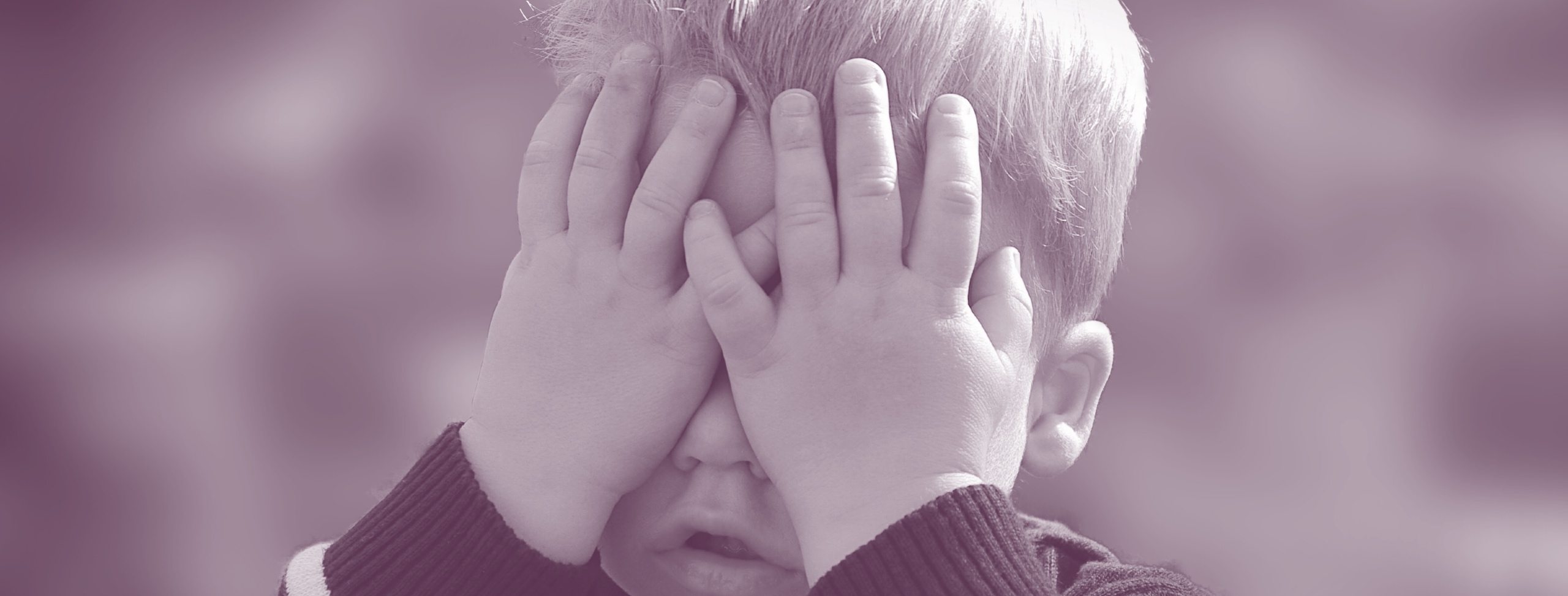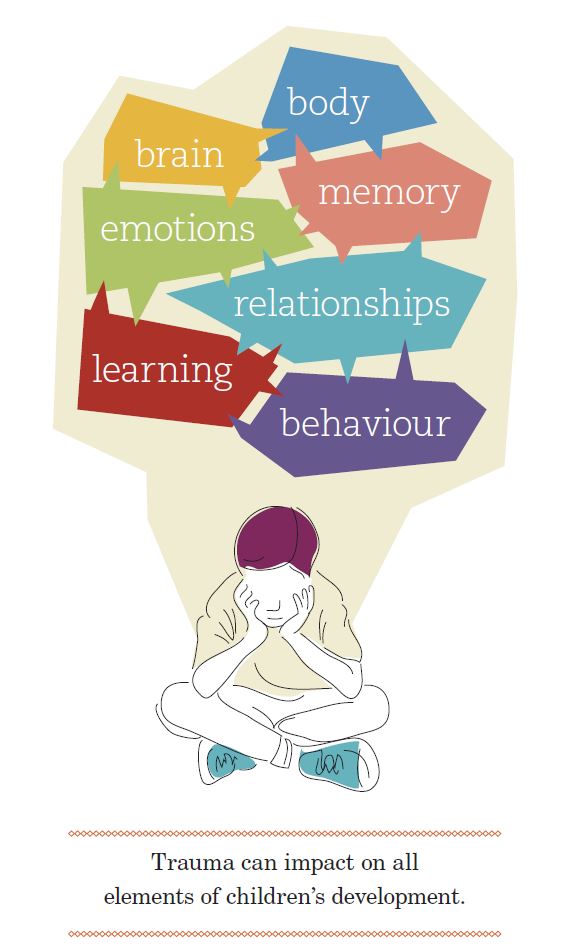
When Summer holidays go wrong – preparing children for school after a difficult time at home
This blog entry was authored by Donna Symth,
Senior Training Consultant at the Australian Childhood Foundation.
For some parents and carers, it won’t just be booklists, new shoes and school uniforms that have caused mayhem of late – for some the school holidays will have been difficult for many reasons. We all know that while the Christmas holidays can be a time of joy and relaxation, they can also be a time when families separate, children are exposed to violence, financial strain takes its toll, and substance use and mental health problems can increase. All these experiences can have a drastic effect on young children, and can lead to difficulties in transitioning into a new school year.
When we work with schools to support traumatised children, we talk about using a 5-point framework called Making SPACE for Learning. We believe parents and carers can also use similar principles to help their children prepare for “Back to School,” when the holidays may have been a rocky time.
STAGED PREDICTABLE ATTUNED CALMING ENGAGING
____________________________________________________________________
STAGED
We all want our children to recover as quickly as possible from stress and trauma; it can be distressing as a parent to see your child struggling and is natural to want to them to get “better” quickly. However it’s important that we have realistic goals and expectations, starting with small steps, celebrating any small gains, and gently challenging them on to the next stage. We call this scaffolding, and it takes time, patience, understanding and support.
This might apply to things like: returning to sleep in their own room, reducing trauma-linked behaviours such as outbursts, and being OK with separations. Although the start of a school year means inevitable time apart, try to avoid extra, unnecessary separations from your child at this time, as they need to establish (for new placements) or stabilise their sense of safety in relationship with their primary caregiver as an important part in the process of healing from trauma.
PREDICTABLE
In the aftermath of prolonged stress or a traumatic experience, change for a child is scary and can be perceived as threatening. Maintaining or developing routine and predictability are paramount in creating a  sense of safety. At a time when children may be starting school for the first time, changing schools/Childcare or just starting in a new class with a new teacher, creating predictability at home becomes even more essential.
sense of safety. At a time when children may be starting school for the first time, changing schools/Childcare or just starting in a new class with a new teacher, creating predictability at home becomes even more essential.
Often when we have been through a rough time as adults, we have a tendency to want a “fresh start;” this can often involve a de-cluttering of sorts, such as redecorating, cleaning out cupboards or a drastic new haircut! While this can be cleansing and uplifting, it’s important to remember that these changes are empowering for us because they have been our decision and our within our control. For a child who has been through a rough time, coming home from the first day at school to find Mum with a make-over, the lounge-room rearranged, and their old toys in a box by the door, can trigger complete devastation! We all like to recover from chaos by implementing a little control in our lives, so why not offer some opportunities for your child to do this as well? And if you do need a change, try to take the “surprise” element out of it for your child, as surprises – even nice ones – can be unhelpful in healing from trauma.
ATTUNED
Being attuned as a parent means being mindfully aware of how your child is feeling and what they need, as well as how you are feeling and what you might need. Young children have limited ways of expressing their feelings and needs and it’s up to us as parents/carers to use our skills in “wondering” about what is happening for our child, then responding to them where they are at.
As parents/carers, we are often uncomfortable with our child’s negative emotions like sadness or fear, and will try to tell them to feel differently. The result is that our child can feel confused about how they are feeling, or let down that we don’t understand them. It’s important to let your child know that you “get” how they are feeling, and that you are able to hold that feeling with them. Often once they feel heard and that their feelings are OK, they are more ready to accept some help to move into a more positive headspace.
For tips on Mindful Parenting, check out this link.
CALMING
After a traumatic experience or highly stressful period, a child’s mind and body take time to recover. They can become stuck in a stressed state, and they need the help of a caring adult to regain a sense of calmness.
You can do this in a number of ways, but the most important thing to remember is that a stressed or traumatised child needs you to help them calm down, they can’t do it on their own. You can try:
- Physical body movements like stretching,
- Sensory activities like soothing touch, relaxing music, favourite foods, weighted/soft toys, swaddling.
- Slow breathing activities like blowing bubbles (a long, controlled outbreath is more important than the breaths in for calming)
- Rhythm – bouncing, swaying, patting, stroking, singing, swings, hammocks, music
- “Calming toys” that you can make together (e.g. waves bottle: http://theimaginationtree.com/2013/07/ocean-and-waves-discovery-bottle.html)
- Coming along side – drawing/colouring together, reading stories. Proximity and shared attention are more important than the activity you choose to do.
ENGAGING
Sometimes after a severe trauma or chronic exposure to a stressful environment, rather than become heightened and hyper-aroused, some children can withdraw and become hypo-aroused. They can seem spacey, disconnected and not really “there.” Often it’s easy to overlook these signs because they don’t involve such challenging behaviours, but we now understand that when a child is in this state, they really need our help, as this is the last and most primal defence/coping system a person has – to switch off from pain and from reality and in a sense “disappear” from it all.
You can help your child to re-connect by engaging their body with the present – using simple grounding activities like feeling the floor with bare feet, doing some gentle stretching or yoga moves, tactile play like playdough/clay or playing with cooked spaghetti! Doing simple activities together like stroking the dog or walking around the garden are also helpful– but it’s important to engage your child’s attention in what you are doing (“do you like how soft Bingo’s coat feels when we pat him?” “How many birds can you see in that tree?”).
As with the calming strategies, being present with your child is important in engaging them back into the here and now. This involves being attuned with our faces, bodies and voices, inviting connection and responding to connection-seeking from our child.
Making SPACE to settle at back-to-school time
It’s not always easy – especially if you’ve been through a distressing time yourself – but with some practice and support, using these strategies will help you to prepare your child for the back-to-school season – and will help to lay the foundation for a better year ahead.
